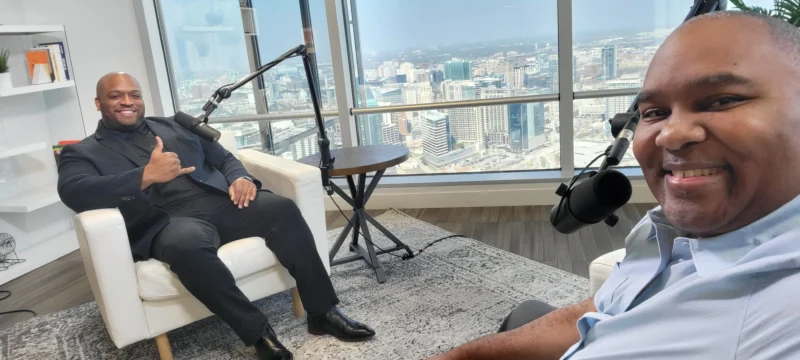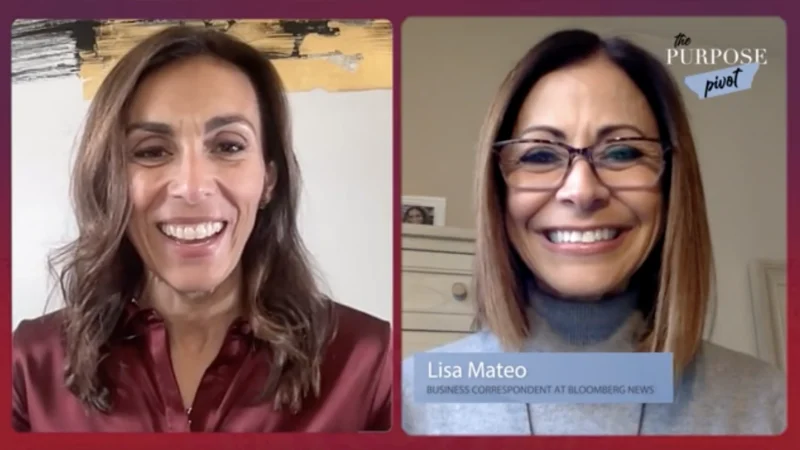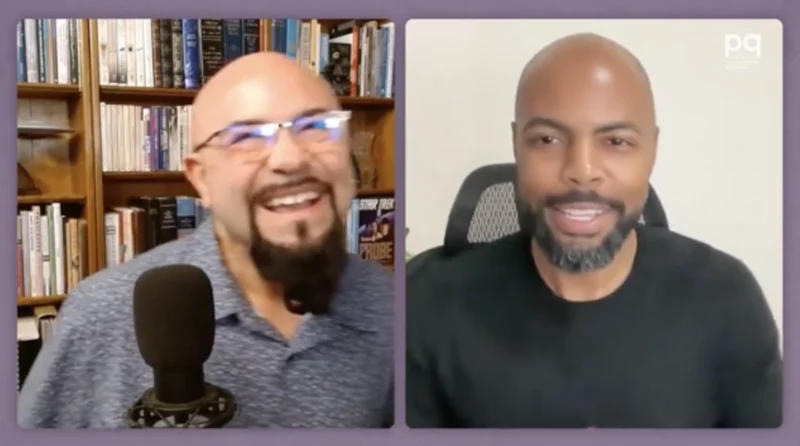Tax Optimization for M&D Plant, Property and Equipment
In the latest episode of On the Shop Floor, hosts Colby Horn and Kurtis Dixon discuss the challenges, issues and questions that arise when optimizing your approach to specialty tax services in the manufacturing and distribution (M&D) industry. Joined by Rafael Ferrales, managing director of tax services and a leader of Weaver’s fixed asset advisory group, this conversation centers around tax strategies for plant, property and equipment that maximize tax benefits.
Key Points:
- Identify opportunities in GAAP vs. tax reporting
- Implement the ‘acquired to retire’ method for asset management
- Utilize cost segregation for real property investments
- Explore energy efficient building deductions (§179D)
This episode provides a deep dive into the role of fixed asset advisory services within the strategic tax services group, focusing on tangible property, capitalization and cost recovery. The conversation highlights the critical differences between GAAP and tax reporting, emphasizing the need for businesses to understand these distinctions to maximize tax benefits proactively.
“Our manufacturing and distribution clients have a lot of assets, they’re capital intensive. So that management of fixed assets is very important,” Ferrales said. “How are you managing that? What system are you using? What platform are you using to do that?” This episode focuses on the nuanced decisions businesses must make in asset management and tax optimization.
Subscribe and listen to future episodes of Weaver: Beyond the Numbers: On the Shop Floor on Apple Podcasts or Spotify.
©2024




